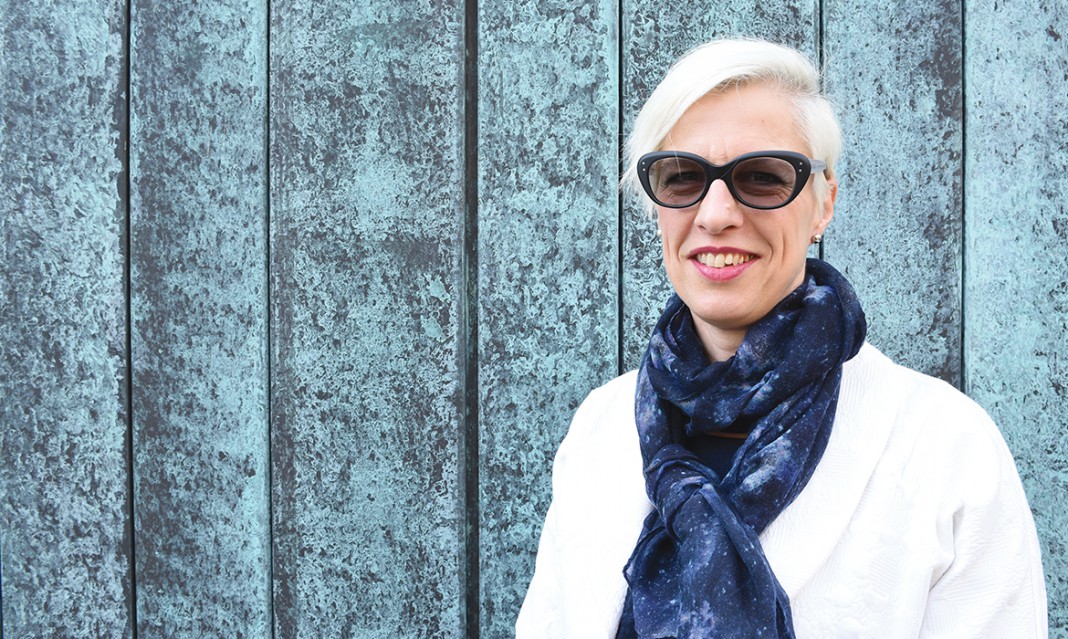I’m fumbling to find a quiet spot in the Instructional Building, but the noise seems to echo in every corner. As soon as I manage to get settled, I receive a call from Anna Korteweg, an associate professor at UTM specializing in political sociology, gender, and immigration.
She and Gökçe Yurdakul have coauthored a new book, The Headscarf Debates: Conflict of National Identity, on how headscarves factor into immigration, national identity, religion, feminism, xenophobia, universal rights, and more. During our phone interview between California and Mississauga, we discuss not only the book but also her opinions on the multitude of subjects. It’s conversation a world away (more precisely a country away), but one that touches us very much here at home.
I asked her what inspired her to write this book, and she pointed to the depth of meaning and value that the headscarf has come to hold in our dynamic societies.
“On the one hand, people strictly say it’s just a piece of cloth and on the other hand the piece of cloth comes to mean so many things,” she said.
I asked her whether the book carried a specific message.
“Well, I am an educator, [and] you always hope to educate,” she said. “Books like this have many messages, so the thing I want people to notice is that when we start having these intensely heated debates, we think they’re about the headscarf, but I think they’re really about how we deal with increasing diversity in our society.”
The book also deals with very different societies that have complementary and conflicting views. Korteweg and Yurdakul look into the rejection of the headscarf in France and compare it to the reinvention of the headscarf in Turkey. They illustrate tolerance in the Netherlands and pair it with debates in Germany. She described this process and structure of analysis as “paired comparisons”.
During our discussion, I pointed to Australia as another society chafing with the subject. A grassroots organization by the name of Faceless recently had three of its members walk into the Australian parliament dressed in KKK uniforms, biker helmets, and niqabs. It was a protest against the wearing of Islamic dress in public places.
Considering the global polarization on the topic, I asked her whether she foresaw any reconciliation in the future as global migration accelerates and unfamiliar ideas become the norm in every society.
“Well, yes and no,” she replied. “This is not something that is only across the Atlantic. These kinds of sentiments are here as well.”
She cited the case of two Muslim women who wear headscarves and who ran for school board trustee in Toronto. Someone distributed flyers about one of the women, alleging that she was trying to impose sharia law and was connected to terrorist groups. The other candidate’s signs were defaced and she received messages telling her to “go back home”.
“So you mean around the corner? Where I live in downtown Toronto?” Korteweg rhetorically asked.
The Headscarf Debate also unpacks the idea that a government’s stance, whatever it may be, influences the actions and opinions of its citizens, especially on this subject. Though the Canadian government was not mentioned in the book, Korteweg did cite it in our conversation as an example of the relationship between government and citizens, in particular the ban on wearing a niqab while giving a citizenship oath.
“That then legitimates identifying Islamic garb as threatening to the Canadian society. […] When the government starts putting laws out like that, you create conditions where people then take that possibly four steps further and start distributing flyers,” she said.
Though the book reveals a considerable amount of division and dispute, the people Korteweg interviewed for the book give her hope that the dust will settle in this ideological whirlwind.
“The women that we interviewed, who either wore a headscarf or were active in the politics, they are very much members of the society they live in […] They understand the cultural construct very well,” she said. “I think that’s where the hope is for me.”
The Headscarf Debate: Conflicts of National Belonging can be found at the UTM library, Robarts, and the U of T Bookstore.



